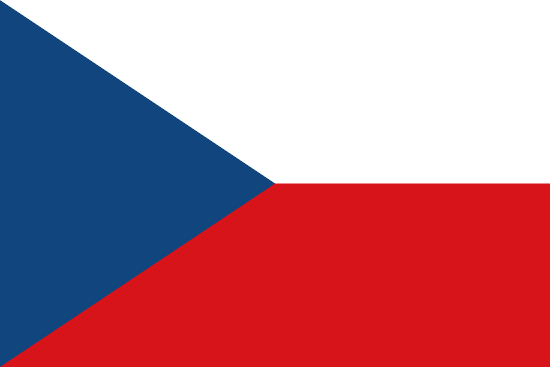"Brno - město uprostřed Evropy | Brno - a city in the heart of Europe"
About:
Brno, the second largest city in the Czech Republic, was founded around 1000 AD. It became a significant administrative center in the 14th century during the reign of John of Luxembourg. Brno was besieged in 1645 and 1805, but it grew during the Industrial Revolution. It became part of Czechoslovakia in 1918, and was occupied by Germany during WWII. Post-war, Brno expanded and modernized, becoming a major industrial and educational hub. Today, it's known for its trade fairs and cultural events.
When to visit:
Brno, the second largest city in the Czech Republic, offers a pleasant experience for travelers throughout the year. However, the ideal time to visit Brno is during the spring and autumn months when the weather is mild and the city is less crowded with tourists. Spring, from March to May, brings blooming flowers and vibrant greenery to the city, making it a picturesque time to explore its historic sites and charming streets. Autumn, from September to November, offers a cozy atmosphere with colorful foliage and cultural events, providing a wonderful opportunity to immerse yourself in the local culture.
When to avoid:
The worst time to travel to Brno, Czech Republic on a holiday would be during the peak summer months of July and August. These months experience high temperatures, with average highs reaching around 30°C (86°F). The city can become crowded with tourists, leading to longer wait times at popular attractions and higher prices for accommodations. Additionally, some locals may take their own holidays during this time, resulting in potential closures of shops or restaurants.
Winter (Dec-Feb)
Brno, Czech Republic, experiences its coldest period from December to February. Average temperatures range from -2°C to 2°C, with occasional snowfall. Rainfall is relatively low, averaging 20-25mm per month. Days are short, with about 2-3 hours of sunlight, and cloud cover is generally high. An average day for a visitor might involve navigating slushy streets under overcast skies, bundling up against the chilly air, and enjoying indoor activities like visiting museums or cafes. Despite the cold, the city's winter charm is undeniable.
"Summer (June-August)"
In Brno, Czech Republic, the warmest part of the year is from June to August, considered as the summer season. During this period, the average high temperatures range from 23°C to 26°C (73°F to 79°F). While it can occasionally reach up to 30°C (86°F), such extremes are not very common.
As for rainfall, summer is relatively wet with the city receiving an average precipitation of about 60-70mm per month. This usually comes in the form of moderate rain or thunderstorms, so it's advisable to carry an umbrella or raincoat when going out.
The summer days in Brno are long and bright, with an average of 8 to 9 hours of sunlight per day. This makes it a great time for sightseeing and outdoor activities. However, humidity levels can be a bit high, averaging around 70%, which can make the heat feel more intense.
Cloudiness varies during summer, with some days being clear and others partly cloudy. Generally, there's a fair amount of blue sky to enjoy.
A typical day for a visitor in Brno during summer feels warm, but not unbearably hot. The mornings and evenings are usually cooler, offering a refreshing contrast to the daytime heat. There might be occasional rain showers, but they often pass quickly, leaving the rest of the day for exploring the city's attractions. The long daylight hours provide ample time for outdoor activities and sightseeing.
Language:
Czech is the primary language spoken in Brno, being the official language of the Czech Republic. However, due to its status as an international student city and its proximity to other European countries, English and German are also commonly spoken. Slovak, due to historical and cultural ties, is another language frequently heard in Brno.




